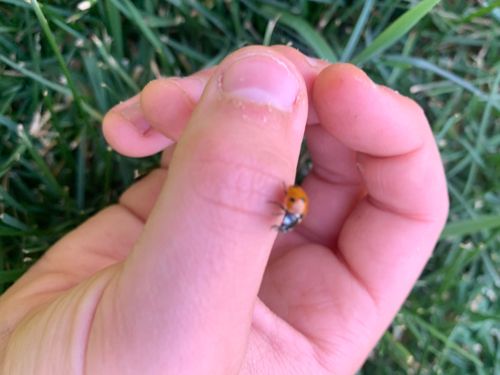Ladybug (or Ladybird beetle)
Scientific Name: Coccinellidae (family)
Order & Family: Order: Coleoptera, Family: Coccinellidae
Size: Typically 1 mm to 10 mm (0.04 to 0.4 inches) in length

Natural Habitat
Gardens, fields, agricultural areas, forests, and other places with abundant prey (aphids, scale insects, etc.)
Diet & Feeding
Mainly predatory, feeding on soft-bodied insects like aphids, scale insects, mealybugs, and mites. Some species also eat pollen, nectar, or fungi.
Behavior Patterns
Ladybugs are active predators, often seen crawling on plants in search of prey. They undergo complete metamorphosis (egg, larva, pupa, adult). Many species hibernate during colder months, often congregating in large groups.
Risks & Benefits
Ladybugs are considered highly beneficial insects in agriculture and gardening as they are natural predators of many common plant pests, reducing the need for chemical pesticides. They pose no significant risks to humans, although some species can bite if handled roughly, which is usually harmless.
Identified on: 9/20/2025